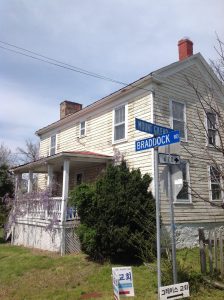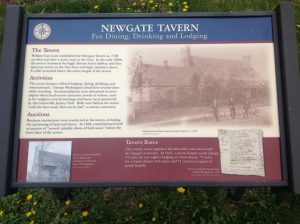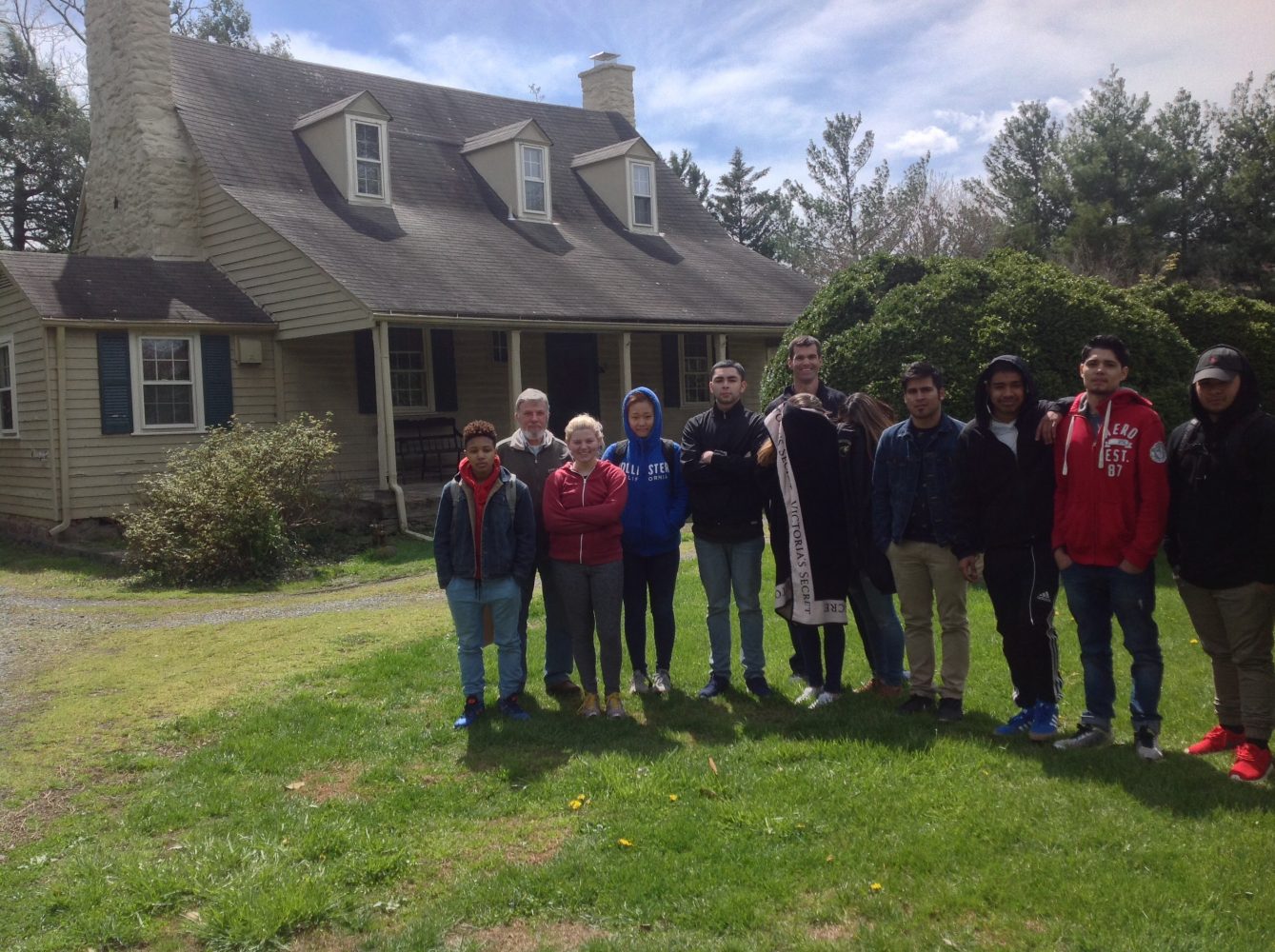On Friday April 8th a select group of students visited the Centreville Historic District and spoke with some very hospitable scholars of local history. We appreciate the opportunity to learn and serve in the local community. Here are some words from a few of the student participants.
I made some special arrangements to go on this trip and I am glad that I did. One of the sites we visited was the 1930s era Sears catalogue house that belonged to the Spindle family. At first I felt bad for this family because the house was so small but I learned that this was actually a good living situation for a Virginia family in the 1930s. This house had modern features such a a washing machine, refrigerator, electric stove, plumbing, and central heating. It also had a basement which seemed creepy but I am sure was useful. This experience helped me to appreciate the home I have today. We learned a lot in a short time thanks to our guide Cheryl. – D
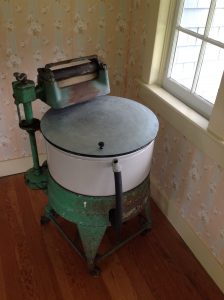
Walking through our hometown and seeing the past speak to us in the houses that still stand was enjoyable. The bakery where I work used to be a hilltop camp of 40,000 Confederate soldiers in the winter of 1861-1862. Learning by doing activities in the community is motivating. It was nice to be able serve Prof. Mccord by helping him take care of the historic grounds at Mt. Gilead. – S
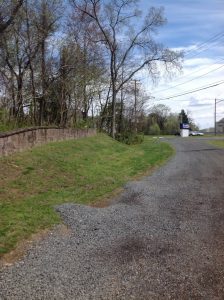
Professor Mccord is a true historian who lives in the past so that he can relate it to the present. In the Jamesson house at Mt. Gilead stories continue to bring the past alive. If you listen carefully you may hear the cries of Penelope Jamesson upstairs as she longs for the company of that handsome Union soldier who once paid regular visits to her tavern home. -T

When we walked through the earth fort and trenches it was amazing to see that they were still there from 150 years ago. In some ways it was hard to believe because the grounds had changed since the time when they were built and townhouses were built all around what once was a fort. The colonial Mountain road became the original Braddock road which still exists is some places. It is interesting to think about the history of roads and how they change even as parts stay the same. Interstate 66 changed the town of Centreville dramatically beginning in the 1950s as part of President Eisenhower’s interstate highway plan. -K

This trip was fun because it was hands on and we were outside. This is the best way to learn. I can’t forget to sights and scenes of some of the old buildings. When you you learn in this way with your senses you also apply your learning in your imagination. -G

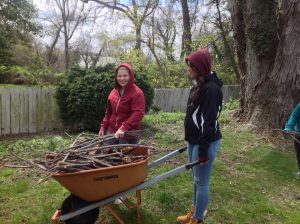
As I walked into this house which was older than the US Constitution the ceilings were low and candles were lined along the wall. It made me think about how people lived closer together. The Mountain road used to go where the back door of the house is now. What once was the front porch of the Tavern became an enclosed back bedroom for the Jamesson family. The trenches helped me to imagine what it must have been like to live at Mt. Gilead during the Civil War. -H

Our local history is fascinating in the sense of how well it is preserved. We were able to run our fingers on the wood of Jamesson family initials and walk through the preserved house at Mt. Gilead because people like Prof. Mccord have been keeping its history alive. What really intrigued me was the stories behind each house and the artifacts that we saw. When you see a 1930s washing machine you can appreciate the changes it must have brought. It was a direct comparison between then and now. -KP
